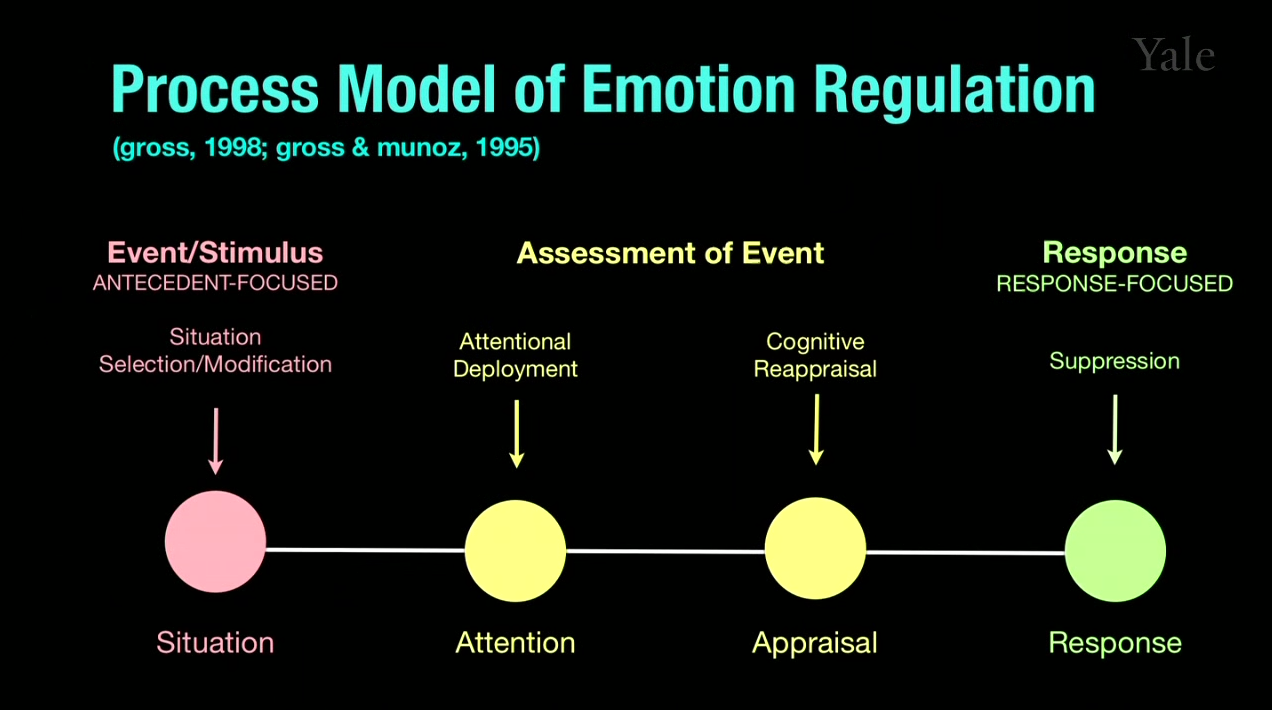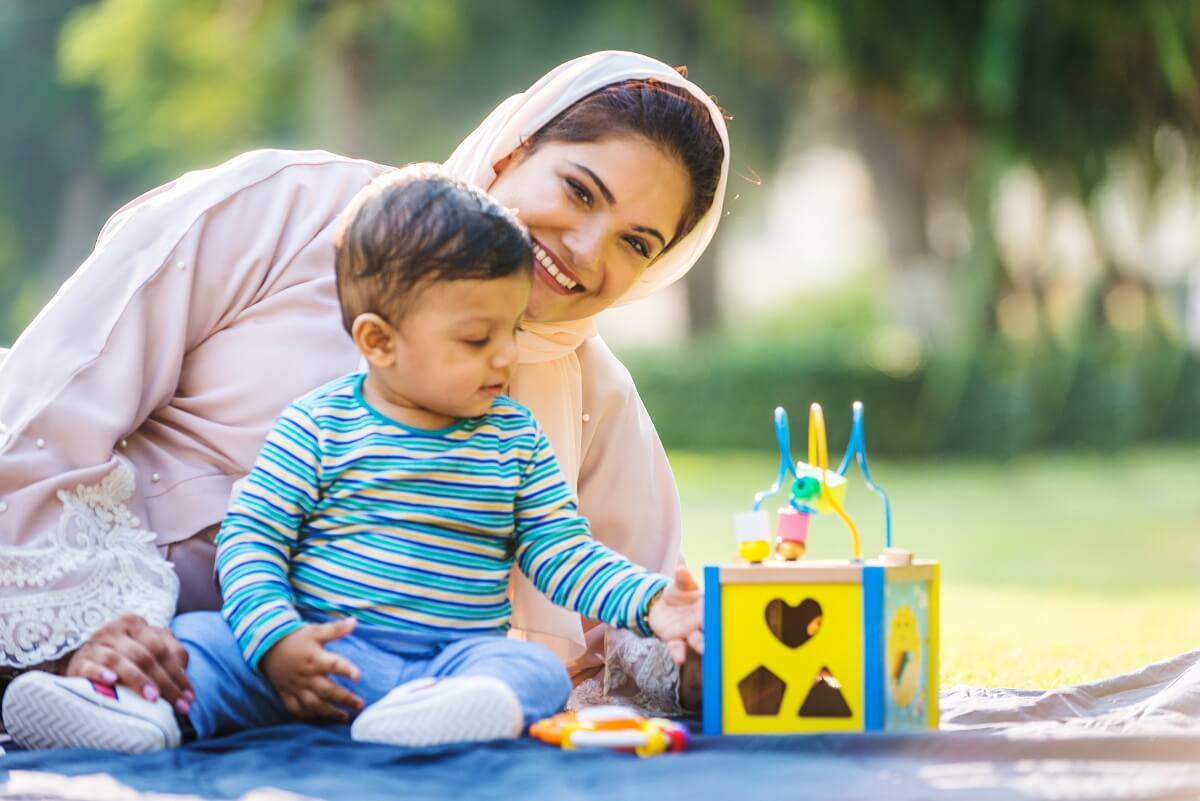Emotional Co Regulation : What it is
Emotional co-regulation is a concept that has gained significant attention in recent years. It refers to the interaction between individuals aimed at managing and influencing each other's emotional states. This process plays a crucial role in building and maintaining healthy relationships, as it involves empathy, understanding, and communication.
Why Emotional Co-Regulation Matters
Emotional co-regulation is an essential aspect of human interaction. It impacts our mental well-being, the quality of our relationships, and our ability to function effectively in various social contexts. Here are a few reasons why emotional co-regulation matters:

The Power of Empathy
Empathy is at the core of emotional co-regulation. It allows individuals to step into someone else's shoes, understand their emotions, and respond in a supportive manner. When we empathize with others, we create a safe space that encourages open communication and trust.

Developing Emotional Intelligence
Emotional co-regulation plays a vital role in the development of emotional intelligence. When individuals engage in co-regulation, they enhance their ability to recognize, understand, and manage their own emotions. This self-awareness enables them to navigate social situations more effectively and establish deeper connections with others.
Benefits of Emotional Co-Regulation
Emotional co-regulation offers numerous benefits for individuals and their relationships. Here are some advantages of practicing emotional co-regulation:
- Improved Emotional Well-Being: Engaging in emotional co-regulation helps individuals regulate their emotions, reducing stress and promoting overall well-being.
- Enhanced Communication Skills: Co-regulation fosters effective communication, allowing individuals to express their feelings and needs clearly.
- Stronger Relationships: Co-regulation strengthens interpersonal bonds, promotes trust, and enhances relationship satisfaction.
- Conflict Resolution: Through co-regulation, individuals can manage conflicts constructively, leading to more positive and fruitful resolutions.
FAQs
Here are some frequently asked questions about emotional co-regulation:
1. What is the role of empathy in emotional co-regulation?
Empathy plays a crucial role in emotional co-regulation as it allows individuals to understand and resonate with the emotions of others, creating a supportive environment for emotional exchange.
2. Can emotional co-regulation work in personal relationships?
Yes, emotional co-regulation is highly relevant in personal relationships. It can strengthen bonds, improve communication, and foster a sense of emotional security and intimacy.
3. How can one develop skills for effective emotional co-regulation?
Developing skills for effective emotional co-regulation involves actively practicing active listening, empathy, and open communication. It also requires self-awareness and a willingness to work on enhancing emotional intelligence.
In conclusion, emotional co-regulation is an important aspect of human interaction that can significantly impact our well-being and relationships. By understanding its importance and actively practicing co-regulation skills, we can create meaningful connections and support each other's emotional journeys.
Boost Emotional Regulation Now With 8 Simple Strategies
 Image Source : starthereparents.com
Image Source : starthereparents.com regulation strategies
How Parents Can Use Emotional Co-Regulation With Toddlers
 Image Source : wfmchealth.org
Image Source : wfmchealth.org Rainbow Of Emotional Regulation - Educational Illustrations By Lindsay
 Image Source : www.pinterest.com
Image Source : www.pinterest.com regulation lindsaybraman braman emotions infographic
How Parents Can Use Emotional Co-Regulation With Toddlers
 Image Source : wfmchealth.org
Image Source : wfmchealth.org Thespeechpractice On Instagram: “Co-regulation Is The Interaction Which
 Image Source : www.pinterest.com
Image Source : www.pinterest.com regulation regulating
Feel Need Chart For Emotional Regulation | Emotional Regulation
 Image Source : www.pinterest.co.uk
Image Source : www.pinterest.co.uk Evokit Notes (Human Emotion 14.1: Emotion Regulation I (What Is...)
 Image Source : evokit-notes.tumblr.com
Image Source : evokit-notes.tumblr.com regulation emotion tumblr
Self-Regulation Begins W A Child Being Able To Recognize & Verbalize
 Image Source : www.pinterest.co.kr
Image Source : www.pinterest.co.kr How parents can use emotional co-regulation with toddlers. Regulation lindsaybraman braman emotions infographic. Regulation regulating. Regulation emotion tumblr. Regulation strategies